Notes Toward a New Language: The Body
BY Cynthia Cruz
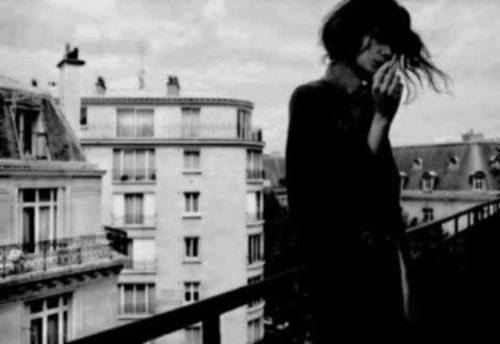
Whether we are dealing with speaking loudly or softly or of whispering or shutting one's mouth, we are always dealing with language and even the silence that comes from not speaking is still the silence of language.--Fernand Deligny.
When I was eleven and decided not to eat I was engaging in an act of rebellion: I wanted nothing to do with what I believed the world was. To me, it seemed evil, responsible for poverty, war, death, oppression.
Later, in high school I cut my hair short, bleached it blonde and wore clothes I bought mostly at the local Goodwill. First my body, then the clothes I draped on it, were my first language.
I didn't know it then, but I was already at work on a language, a language of No. My actions, the way I moved through the world, the way I performed the everyday, what I wore was all an enactment, a language. In fact, I did not come to writing until I was a student in graduate school (I took my first poetry workshop my final year of college). Until then, I was speaking with my body. First, with the body (anorexia), then, with what I hung on the body.
The body is an instrument. It speaks to the world whether we like it or not. And fashion, what we drape on our bodies, is also a language. In The Language of Fashion Roland Barthes wrote, among other things, that clothing has its own language and when we wear certain garments those garments can diminish the language of our bodies. Fashion can eclipse.
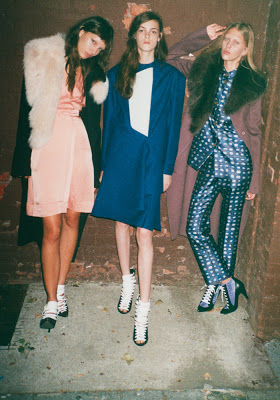

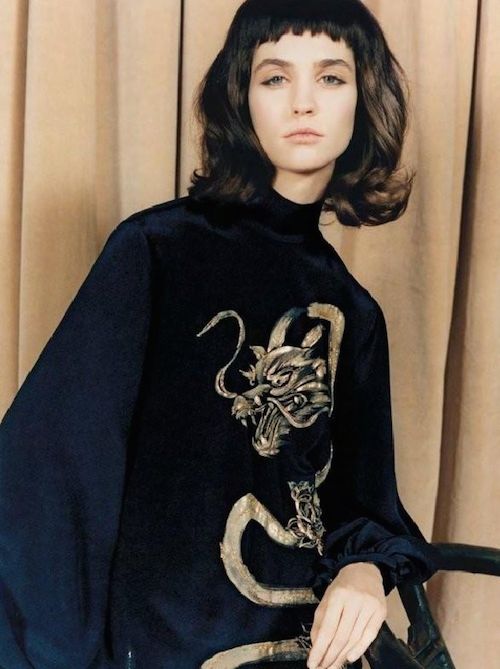
And we do notice each other’s bodies, and read one another’s faces.
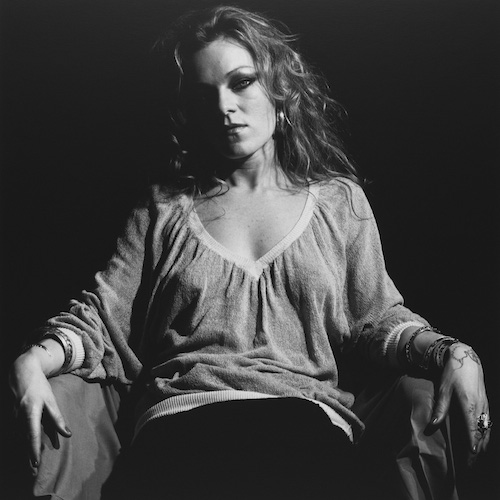
In high school I was obsessed with the Velvet Underground and Andy Warhol's factory. I was also obsessed with Edie Sedgwick. The reasons for this are manifold but one reason was that I understood viscerally how she had made her body into a language and how this language communicated her internal world (in particular, her experience of having been violated sexually as a child). Her body, her face; what she made of her physical being was in itself a novel or an epic poem. It was the Big No.
She became anorexic early on (as a teenager), but that was just the first transformation or iteration.
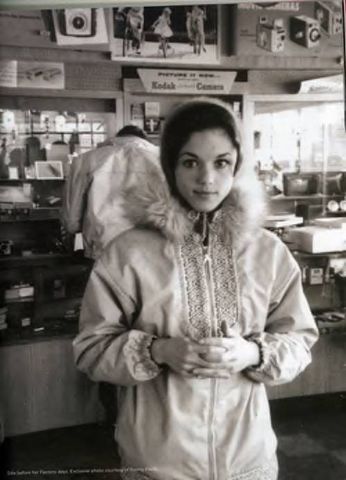
Her physical transformation from pretty California heiress to Peter-Pan-like, androgynous/asexual creature was a creation of her language, one that expressed the terrible violence inflicted upon her as a child. In other words, she enacted the chaos she felt inside her, making a language of this encyclopedia of chaos.
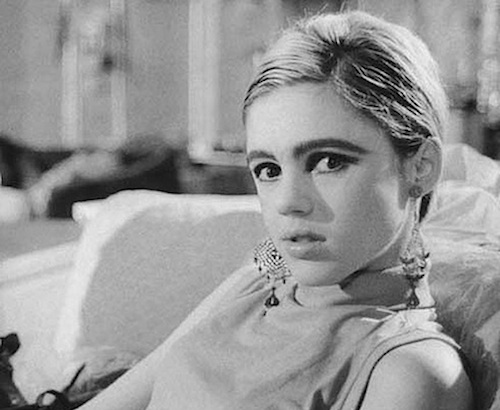
The anorexic's body becomes androgynous. And androgyny is a language. It can serve as a shield, an armor against.
And though, then, when her body becomes shockingly small, her body becomes the focus, at the same time, her body becomes a blank slate.
And the anorexic is returned to the body she had as a child and then, the world of the child. Furthermore, in severe anorexia, the anorexic loses her thoughts, is not able to gather them, and, nearing starvation, may even lose her speech.
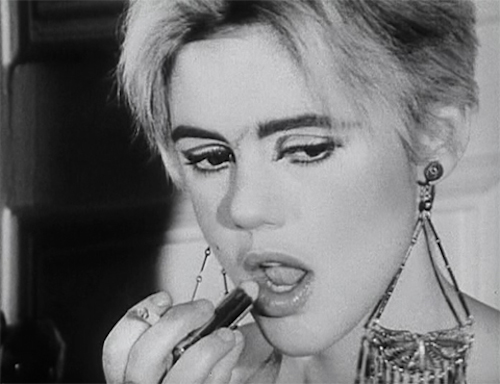
In the end, under the influence of methamphetamines and, later heroin, Sedgwick's speech becomes slurred. And in her later films she is incomprehensible, having made herself into the language of chaos, a cacophony of incomprehensible violence and sorrow.
The language she has made is one of an endless circle of words--words cut loose of meaning.
Finally, these manifestations are means to muffle or mute. Considered beautiful, full of promise and, is often the case with strong women, "intense," Sedgwick manages to silence herself by becoming smaller, and though stranger, less focused and so, in the end, less intense.
And certainly, finally under the spell of heroin, all of her self is dimmed, diminished, so that she is nothing but a nodding flower, death's final mask.
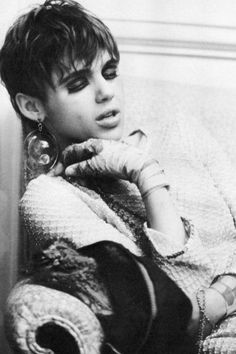
I have written elsewhere of how I was told when I was younger that I was “too intense.” Being “too intense” was not meant as a compliment. The way I interpreted this term was that I was like a piece of kryptonite: radioactive.
The solution was obvious: compression. So I became quieter and smaller, mouse-like. And yet this compression only made me feel more and, in turn, be more intense.
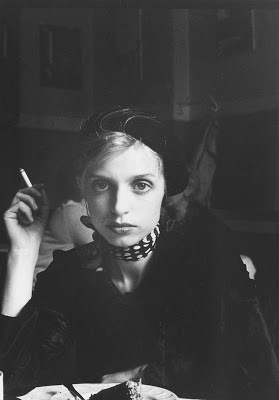
This compression is similiar to the compression that occurs in writing, and especially with poetry. How to make each word work or speak best, be the most krypton-like but always still remaining keenly aware of what I am attempting to convey. Words matter; each individual word matters.
My mother was a dancer and her mother was a dancer: they used their bodies to say. Each move their body was one piece of a larger language, like individual words. Their bodies were their instrument.
But dance, itself, is also a language as the Belgian dancer and choreographer, Anne Teresa De Keersmaeker states: “Dance is a language, and as in love, the most beautiful things are said through the body. I continue to be obsessed with the art of writing dance as we write music, in time and space.”
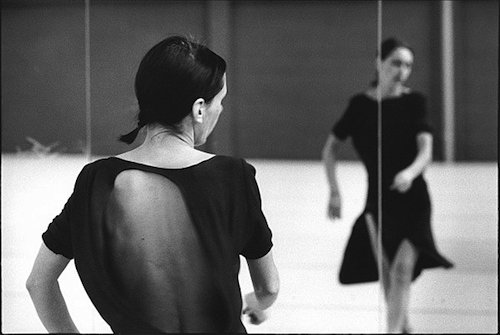
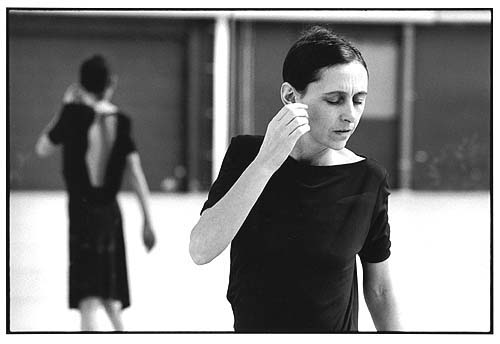
In 2012, De Keersmaeker performed "On Line" at the MOMA in their “On Line: Drawing Through the Twentieth Century” show where her foot traced a line in the sand as an act of drawing. Here, dancing became not just dance, but also visual and performance art and also, of course, a form of writing, as well:
The "drawings" De Keersmaeker makes with her body are reminiscent of the "Maps and Wander Lines" the French "outsider thinker," social worker, philosopher, psychiatrist and writer, Fernand Deligny transcribed of the movements and gestures of the autistic children he lived with at Monoblet, in the Cévennes region of France:
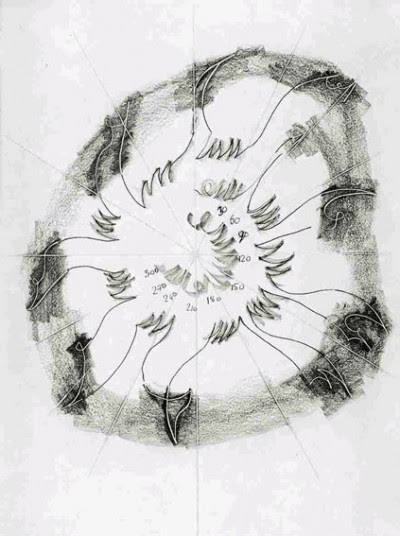
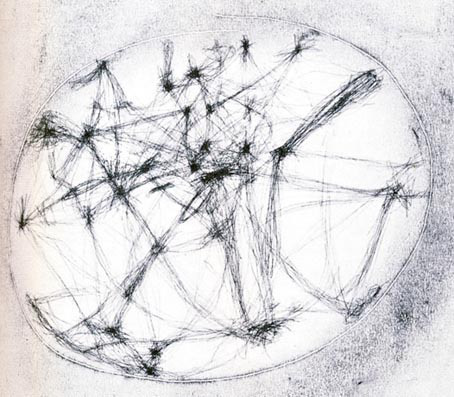
This concept, of mapping, is incredible because, rather than attempting to find ways in which the children are like non-autistics and then "translate" this language "back," Deligny suggests that each child can draw herself, defining her own world, that she has her own language. That we don't understand it says nothing about its validity (and, instead, implies a lack in our ability to understand). Furthermore, this tracing is a kind of writing, as Deligny states: "The fact remains that to write is to trace and to trace is within the reach of any hand, whether there is a thought-out project or the intervention of learning; we have the hands of countless school children, bearers of drawn traces, as first-hand witnesses."
This is the opposite of the current methodology of making the autistic (or other "Outsider") conform to society (and society's language and ways of understanding and communication); of learning and speaking in the "major" vernacular. Deligny's mapping, rather than breaking the child (attempting to "de-code," and then "rehabilitate"), accepts her as whole, as she is (more on Deligny in an upcoming blog).
In the video, below, De Keersmaker explains the vocabulary of her dance, in the "second movement," her vocabulary, one she has constructed of movement:
The body and language: the body has its language and we each have our own individual language: how we speak (or don't), how we move through space, our gestures, and so. And then we have the written word, another language, one that is often a translation of one's personal language, though this is not always the case. All of these pieces (the body, the voice, our speech, our "mother tongue,") can be collaged into a written language--or not.
How does the body inform the language? Regardless of what my body looks like, how much space it does or does not take, it is here, with me, as I write. I am a body. I am inside this body. And it is from inside this body that I write these words. The body is always part of the language, how can it not be?
Cynthia Cruz is a poet, novelist, and nonfiction writer. She is the author of the poetry collections...
Read Full Biography

